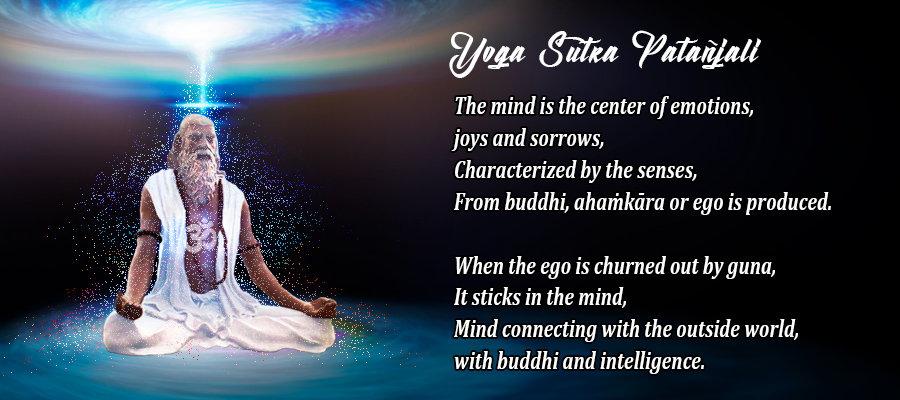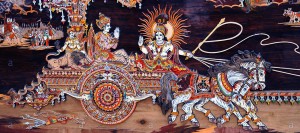The Patañjali tradition in the oral and textual tradition of Yoga Sūtra is accepted by traditional Vedic schools as an authoritative source on Yoga and maintains this status in Hindu to this day. In contrast to modern Western forms of transplantation, Yoga basically consists of meditation practices which culminate in attaining a state of consciousness that is free of all modes of active or discursive thought, and ultimately reaches a state where consciousness does not know of an object outside of itself, which is, only aware of its own nature as consciousness that is not mixed with other objects. This situation is not only desirable in its own right, but its attainment guarantees the freedom of practitioners of any type of pain or material suffering, and, indeed, is the main classic way of achieving liberation from the cycle of birth and death in the soteriological Indic tradition, that is, in theological studies of salvation in India. Sūtra Yoga is thus seen by all schools.
In the case of literary sources, there is evidence as early as the oldest Vedic text, Ṛg Veda (c. 1200 – c. 1500 BC), that there are yogi-like ascetics on the periphery of the Vedic world. In terms of archaeological records, seals were found at the Indus Valley site (c. 3000 – c. 1500 BC) with a representation of a figure sitting in a clear yoga posture (the most famous figure sitting on padmāsana), a lotus pose, with outstretched arms and resting on the knees in a classical meditative position), showing that, regardless of the literary origins, Yoga has been practiced in the Indian subcontinent for more than 4000 years. However, at the end of the Vedic period, marked by speculation expressed in a genre of text called Upaniṣad (c. 800 – c. 600 BC), practices that could be clearly related to classical Yoga were first articulated in literary sources.
While the Upaniṣad, especially with regard to jñāna, or understanding Brahman, the Absolute Truth, through the cultivation of knowledge, there are also some invalid references to techniques for realizing Brahman (in its local aspect of ātman) called Yoga. Like Upaniṣad in general, we do not find systematic philosophy here, but mystical-poetic utterances, although profound in their content (Kaṭha Upaniṣad VI.11–18; Śvetāśvatara Upaniṣad II.8-15; Maitrī Upaniṣad VI.18). The Mahābhārata Epic, which is the greatest literary epic in the world, also maintains important material that represents the evolution of Yoga, of course, the terms “yoga” and “yogī” occur about 900 times throughout the Epic. Usually dated somewhere between the 9th and 4th centuries, Epic shows the transition between the origins of Yoga in the Upaniṣad period and expressions in the systematic tradition of Yoga represented in classical times by Patanjali. Located in the middle of the famous Epic Bhagavad Gītā (4th century BC), devotes most of it to the practice of Yoga, which is considered “ancient”.
Here we will allude to the fact that scholars have long pointed to the similarity of vocabulary, and the concept between Yoga Sūtra (YS) and Buddhist texts. All of this underscores the fact that there are a number of variants of Yoga meditation that are interconnected and nourish among Buddhists, Jains, and Hindus.
Before Patañjali, all were drawn from a collection of common but diverse terminology, practices, and concepts. A closer relevance to the Sūtra is the fact that the history of Yoga cannot be separated from the Sāṁkhya tradition. Sāṁkhya provides the metaphysical infrastructure for Yoga which will be discussed in the metaphysics section below later and is therefore indispensable for understanding Yoga.





